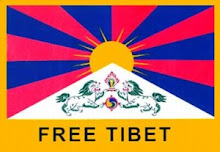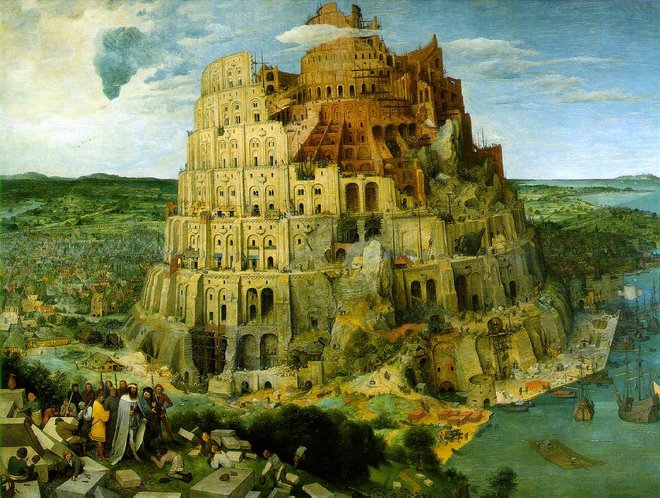 «Les Têtes Brulées (the name means the hot heads or the burnt heads, but implies, more pointedly, the mind-blown) are truly hard to miss in a crowd. The five-man lineup sport neatly torn t-shirts, elaborate dots-and-bars body paint over most of their skin, retro mirror shades, Afro mohawks, huge sneakers, and trademark day-glo book bags that they wear through their electrifying stage shows.
«Les Têtes Brulées (the name means the hot heads or the burnt heads, but implies, more pointedly, the mind-blown) are truly hard to miss in a crowd. The five-man lineup sport neatly torn t-shirts, elaborate dots-and-bars body paint over most of their skin, retro mirror shades, Afro mohawks, huge sneakers, and trademark day-glo book bags that they wear through their electrifying stage shows. The brain child of journalist turned musician Jean-Marie Ahanda, the well-named band blew the minds of many in hard-to-shock Cameroon. When the singer, who was serving as arts critic at the Cameroon Tribune, founded Les Têtes Brulées in 1986, he wanted to present an alternative to the zouk and makossa music that was dominating the country at the time. Combining the Bituksi rhythm of the Beti tribe with electric instruments, Ahanda’s band brought something very fresh to Cameroon’s music scene. The band’s image was as surprising as its music – while many zouk and makossa artists went for costumes and a very Western look, Les Têtes Brulées sported tribal body paint.
Les Têtes garnered international attention to match their local fame after members appeared in two documentaries: Man No Run, which recorded their first tour of France, and Bikutsi Water Blues, which featured band guitarist Zanzibar discussing the politics of water in Cameroon. […]
Consistently inspired, Hot Heads underscores the band’s resilient nature. Les Têtes Brulées had suffered a major loss in 1988, when guitarist Zanzibar committed suicide. But in 1990, this solid effort proved that the outfit still had a lot to offer. What truly sets Les Tetes apart is their pioneering attempts to bring a punk mentality to a highly traditional art form.» (AMG)
Link in comments












